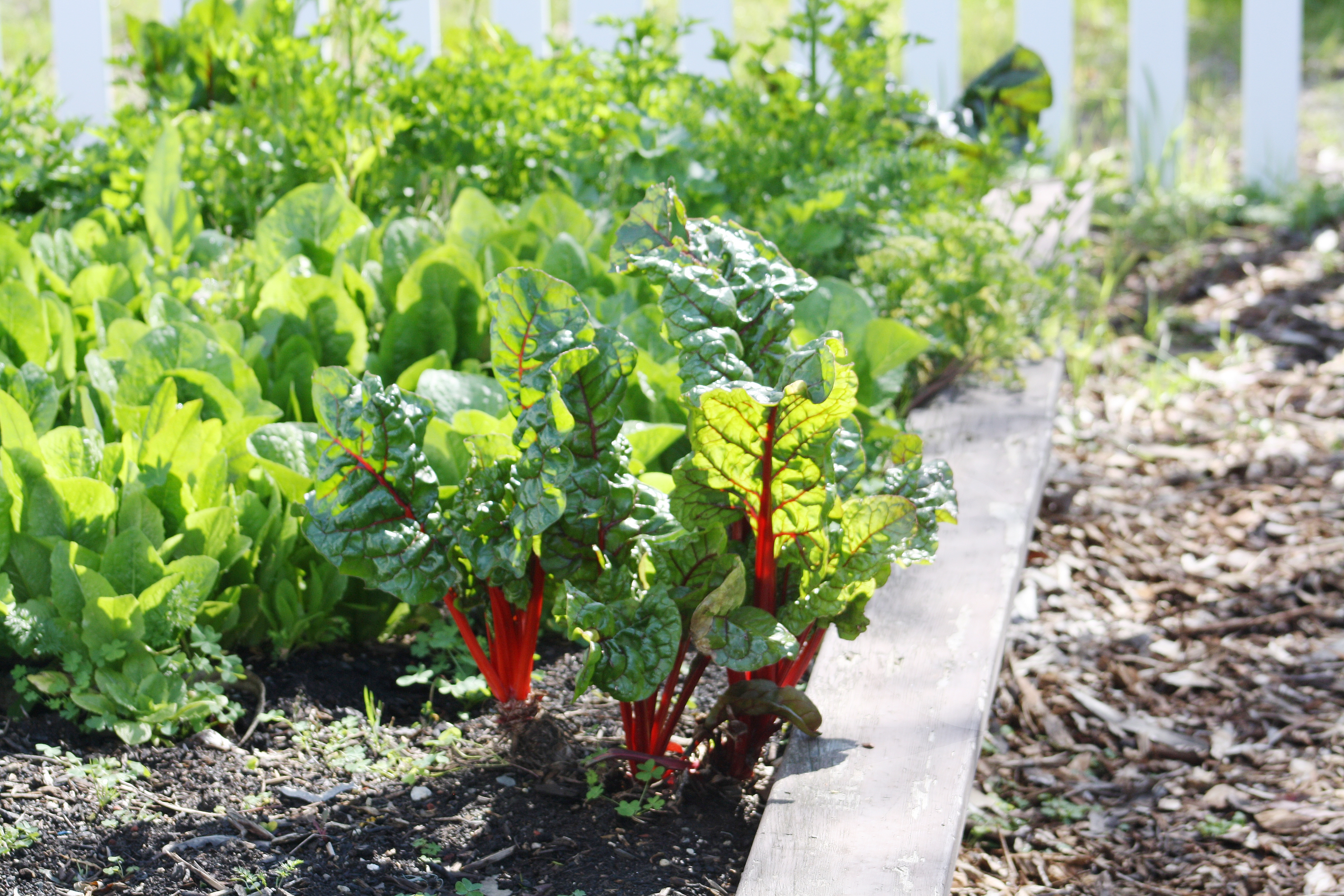Growing vegetables from seed and sharing your produce with others is a valuable learning experience. If you are a students in Mr. Binondo's class at Okkodo, you will be given an opportunity to participate in this project.
Seed to Table Horticulture

Seed to Table Horticulture
- Status: Past Project
- Possible Hours: 30
- Categories: Citizenship and Civic Engagement, Education and Literacy, Environment and Sustainability
- Schools: Okkodo High School
- Project Start Date: 09/25/2017
- Project End Date: 04/27/2018
Learn about the origins of the plants available for your garden.
Plant a seed and raise/maintain plant to full maturity. Reap a harvest. Give harvest to those in need in your community, which may be your own family.
With the seeds you have selected, raise a plant using what you have learned in SIS horticulture to full maturity and reap a harvest.
You are required to catalog and take pictures of the following:
Seeds
Planting area
area beautification
first sign of growth
you must catalog WEEKLY growth and any feedings. To measure growth, place a yard stick near plant and mark dates for growth measurements, take pictures.
first flowers
first fruits/vegtables
before harvest and after harvest.
What you did with your harvest, must take pictures.
7 weeks of plant growth (or however long it takes for plant to produce a crop) x 4 hours a week (daily care of plant) = 28 hours; 2 hours to write a reflection.
Your photos will document your commitment to the process.
Power point and Tri-fold board required for presentaion.
Presentation must contain all photos and graphs of plant growth from seed to harvest and of what was done with said harvest.
In order to earn service learning hours, a reflection needs to be turned into Mr. Binondo, who will input the hours into Power School. You need to address: What did you do? What did you learn? How was this an example of public service? What was it was like to raise and care for plants and what did you do with the fruits of your labor?
To Build community ties and family bonding with gardening and learn about geographical origins of certain plants.
Social Studies: World Geography WG.3.1
Analyze maps, globes, satellite images, photographs, or diagrams using the following:
• Geographical information about the world’s countries, cities, and environments
• The concepts of location, scale, map projection, or orientation
• Mental maps of world regions
• Political, physical, and thematic maps
Science as Inquiry: Biology
BI.1.4 Communicate the components and results of life science explorations using appropriate techniques.
BI.1.5 Be curious, honest, open, and skeptical and value these attributes in others while engaged in life science activities.
BI.1.6 Demonstrate by actions in the school community caring and respect for the environment and living organisms.
ELA-LITERACY.RST.11-12.10
Synthesize information from a range of sources (e.g., texts, experiments, simulations) into a coherent understanding of a process, phenomenon, or concept, resolving conflicting information when possible.
Acknowledged by Teacher/Guidance Counselor:
Print name: _____________________________
Signature:_______________________________
Date:______________________









